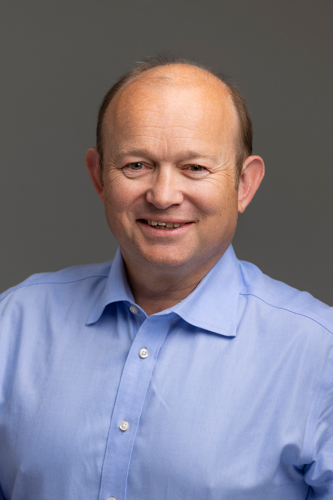New technology is profitable when shutting down wells

Plugging and shutdown of wells involve substantial costs.
11/13/2025 There will be about 2900 wellbores on the Norwegian continental shelf (NCS) in the years to come, but development and implementation of new technology can save the industry and society considerable costs.
Permanent plugging (P&A – plugging and abandonment) of wells accounts for more than half of the cost of cessation and removal of old oil and gas installations on the NCS.
There are currently about 2900 wellbores on the NCS that have yet to be plugged. Half of current production comes from wells drilled over the last five years. Going forward, an estimated 100-150 new production wells will be drilled each year. At the same time, about 30-40 wells are plugged on an annual basis. This is why plugging and shutdown involve substantial costs.
"It's important to work on technology associated with older wells, while also planning for P&A when new production wells are being planned. This will reduce the cost of future plugging," says Niels Erik Hald, Assistant Director of the Norwegian Offshore Directorate.

Niels Erik Hald. Photo: Linn Smerud
New and improved technology
Plugging costs vary considerably depending on complexity, age, reservoir and the type of technology applied. So far, the costs have varied from about NOK 50 million for the simplest plugging operations, while the more complex operations have cost more than NOK 1 billion.
"All wells must be plugged permanently and responsibly. This is why it's important that the industry continues to develop new technology and solutions that can help reduce the time and costs needed for permanent plugging," Hald says.
Cutting costs and improving efficiency
The Norwegian Offshore Directorate recently initiated an effort that aims to help reduce costs and improve efficiency in P&A. The goals are:
- Updated overviews of technological solutions, including the most recent methods for plugging wells and removing installations and pipelines
- Cost analysis based on the most recent data from the industry
- Finding and evaluating innovative solutions that can make the process easier
- Challenging the industry to cooperate and share best practices between operators and the supplier chain
The Norwegian Offshore Directorate is working to establish a basis for new technologies to be developed, piloted and readied for industrial use.
"Here, we want to challenge the industry to use research funding available through the production licenses. Such measures are important to ensure that the industry can face future challenges in a financially sustainable way. This also benefits society at large, because 78 per cent of the costs are covered by the Norwegian State," Hald says.
The State also receives 78 per cent of the petroleum revenues. Read more about petroleum tax.
You can find more information about wellbores in our FactPages.
Updated: 11/13/2025